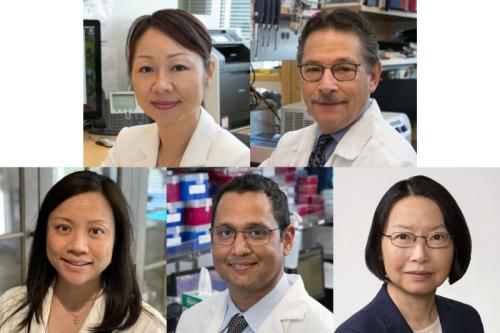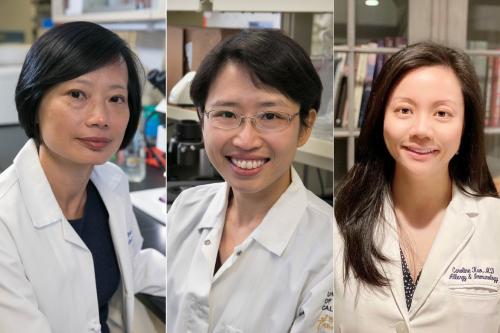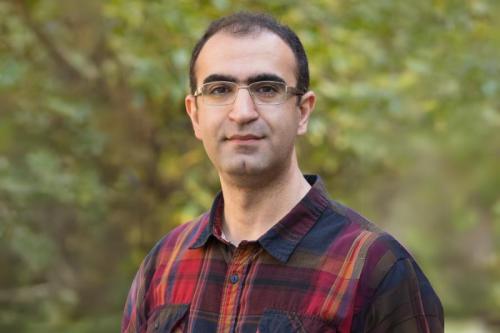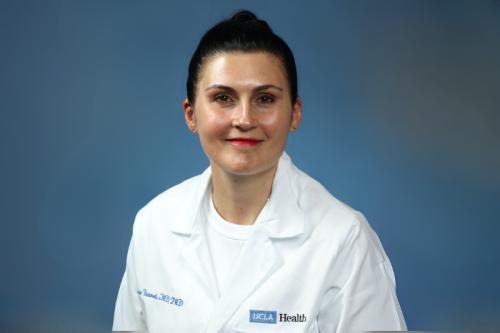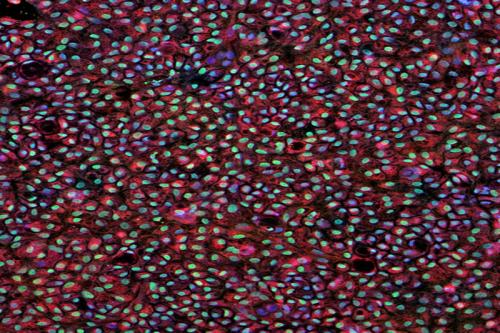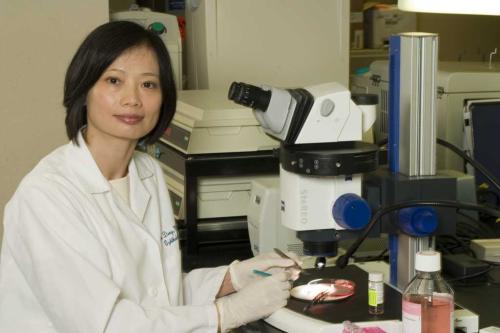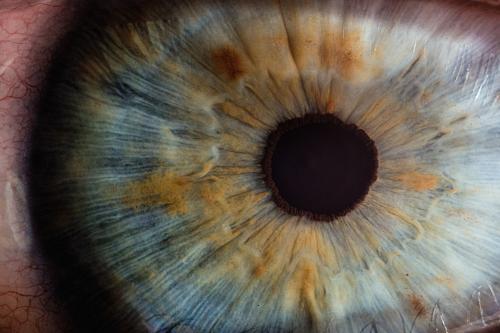Eye Diseases
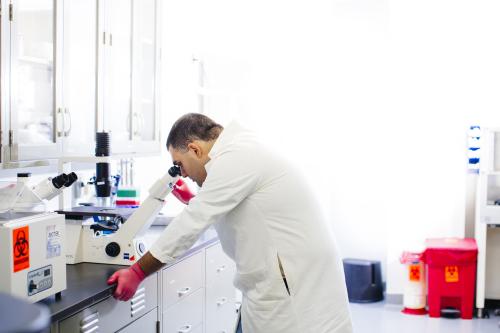
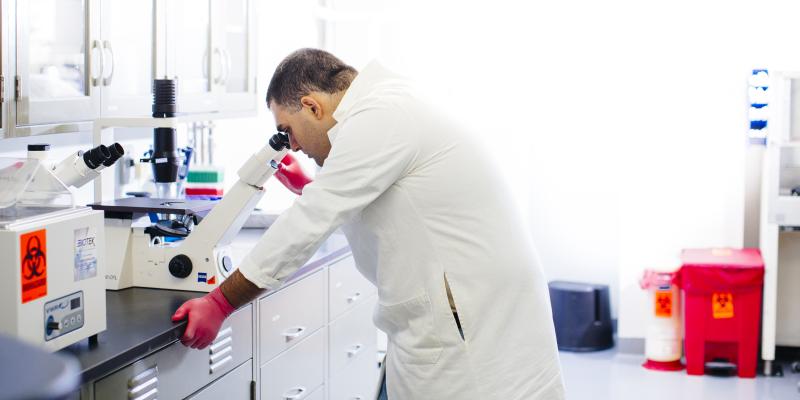
Overview
Stem cells Cells that have the ability to differentiate into multiple types of cells and make an unlimited number of copies of themselves. Stem cells Cells that have the ability to differentiate into multiple types of cells and make an unlimited number of copies of themselves. are a critical tool for understanding the molecular and cellular processes underlying eye health and disease, allowing for more effective research and therapy development.
Our researchers work closely with scientists and clinicians at the UCLA Stein Eye Institute to translate advances in stem cell research into innovative cell and regenerative therapies for a range of blinding eye conditions. Together, they’re creating disease-in-a-dish These models use lab-grown cell structures made from patient tissue samples to study human disease outside of the body. Cells are reprogrammed to a pluripotent state, then transformed into different cell types, allowing scientists to study disease processes in a controlled environment. They differ from organoids, which offer a more complex and organ-specific perspective, capturing cellular diversity and interactions. disease-in-a-dish These models use lab-grown cell structures made from patient tissue samples to study human disease outside of the body. Cells are reprogrammed to a pluripotent state, then transformed into different cell types, allowing scientists to study disease processes in a controlled environment. They differ from organoids, which offer a more complex and organ-specific perspective, capturing cellular diversity and interactions. models of eye diseases and developing methods that use stem cells to generate the many cell types that enable us to see.
This research is well on its way to benefitting patients; UCLA physicians performed the first-ever transplant of stem cell-derived retinal cells in a clinical trial A research study conducted with human participants to evaluate the safety and effectiveness of new medical treatments, interventions, drugs or medical devices. clinical trial A research study conducted with human participants to evaluate the safety and effectiveness of new medical treatments, interventions, drugs or medical devices. for age-related macular degeneration. Building on this work, our scientists are continuing to develop therapies that use a patient’s own stem cells to grow and replace eye cells that have been lost due to aging, injury, or diseases such as Stargardt’s macular dystrophy and corneal edema.
Our Goals
- Develop therapies that use patient stem cell-derived retinal pigment epithelium cells to treat maculopathies, including myopic macular degeneration and Stargardt’s macular dystrophy
- Define the signaling pathways that maintain corneal epithelial stem cells Cells that have the ability to differentiate into multiple types of cells and make an unlimited number of copies of themselves. stem cells Cells that have the ability to differentiate into multiple types of cells and make an unlimited number of copies of themselves.’ ability to self-renew and produce new corneal cells
- Develop therapeutic approaches that use stem cells and extracellular vesicles Particles naturally released by cells that carry proteins, nucleic acids and other molecules, surrounded by a double layer of lipid (fat) similar to a cell membrane. These vesicles plat a crucial role in intercellular communication, transferring essential molecules between cells. extracellular vesicles Particles naturally released by cells that carry proteins, nucleic acids and other molecules, surrounded by a double layer of lipid (fat) similar to a cell membrane. These vesicles plat a crucial role in intercellular communication, transferring essential molecules between cells. to regenerate corneal tissue and treat corneal scarring
- Use high-throughput genetic and molecular techniques to identify the genetic codes that control retinal development and degeneration
- Develop genetic and molecular therapies for dominant optic atrophy
- Create AI-based tools to analyze limbal stem cell function and corneal epithelial health
- Develop and clinically advance autologous Refers to a medical procedure or treatment in which a person's own cells or tissues are used for transplantation or therapeutic purposes. For example, in this type of blood stem cell transplant, the patient is both the donor and recipient. autologous Refers to a medical procedure or treatment in which a person's own cells or tissues are used for transplantation or therapeutic purposes. For example, in this type of blood stem cell transplant, the patient is both the donor and recipient. stem cell therapies for limbal stem cell deficiency
Research Highlights
Treating dominant myopic atrophy
Center researchers use stem cell-derived mini human retinas to advance the development of a gene therapy for dominant myopic atrophy, a rare genetic condition that causes vision loss beginning in childhood.
Limbal stem cell therapy nears clinical trials
Center researchers work to develop a therapy that uses a patient’s own limbal stem cells to regenerate the cornea and restore vision.
